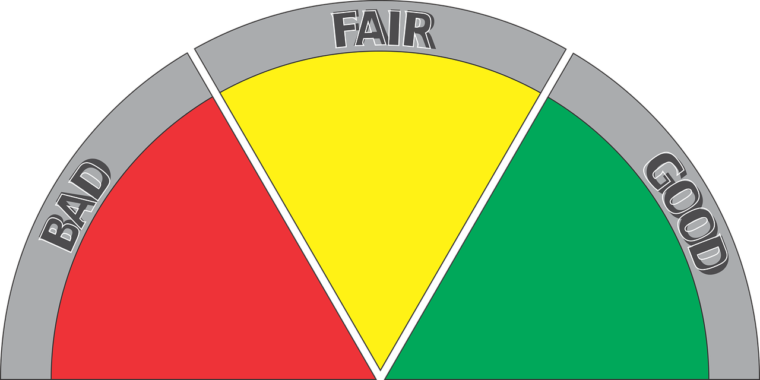
Many business owners think their business is the only business with unpredictable income and cash flow. This makes me grin. Revenue for most businesses is never steady or easy to plan. If you are one of the fortunate ones with predictable revenue, it certainly makes things easier, but you are in the minority.
At the time of this writing, two of my clients had fallen short of quarterly goals. One missed by quite a bit. Their planned net income was now an actual loss. They missed their revenue target by 40%. Expenses were slightly higher due to some one-time expenditures. They had a hoped-for a pipeline client deal that didn’t close (and as of this writing, it still hasn’t.) This happens – you think you have a deal nearly done and at the last minute it doesn’t close. Your whole quarter is now toast and you have brackets on your bottom line. They were facing a quarterly result that was much different than they’d hoped for.
Every 12 weeks or so, your business enters a new quarter. We often call them “Q1” “Q2” etc. and there’s a good chance that when you are reading this, you may be getting close to the end of a quarter, or far enough into a new one that you can take some time to reflect on the one before. While I hope your review is more positive than the scenario above, every business should ask themselves these questions every quarter:
How did our business do? Consider more than just the bottom line with this question. How is your culture? Is your staff productive and happy? Is your business still operating according to your core values? These all contribute to the financial results.
Did we hit our target numbers for the quarter? Did we meet or exceed our targets? If so, how are we going to celebrate? What helped our success? If we didn’t meet our targets, why not? What hindered us? What can we do better next quarter? Are our targets realistic?
How healthy is our cash flow plan? If we have disappointing sales or news next quarter, do we have a strong foundation in place to make payroll and other expenses?
Is our pipeline strong? Are we relying too much on one promising client to close or for a big sale to happen? Do we have other streams of income, a wide bandwidth of customers, and efficient processes to help us weather disappointments?
Solid business growth is dependent on a firm foundation that doesn’t completely collapse when a promised sale or promising new client falls through. It depends on daily, weekly, and monthly practices and processes that contribute to informed leadership decisions. An honest quarterly review will help you stay on track and course-correct as needed before an unexpected event upends your business. And it will prepare you to be in an even better position to celebrate should sales and client development be in your favor.
I can help you have an efficient and healthy quarterly review. Contact me for more information!









